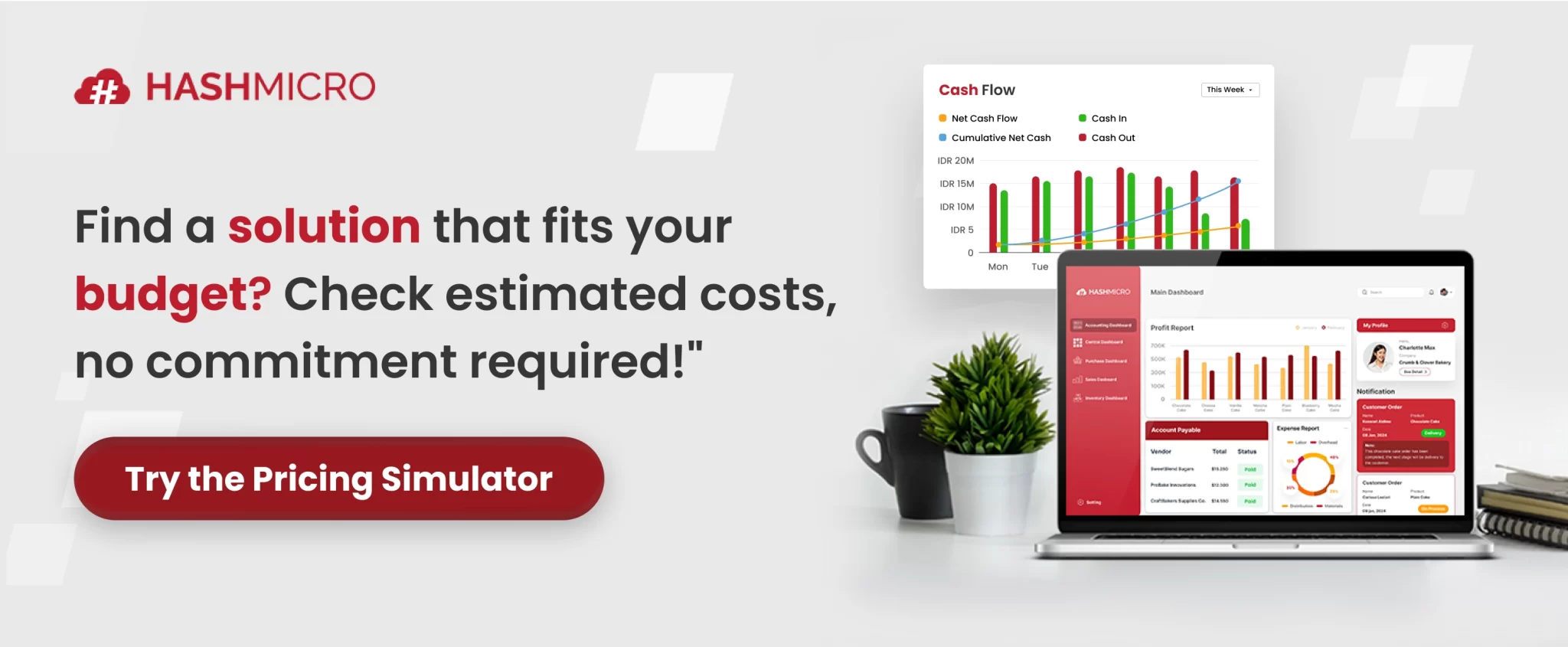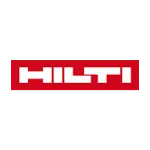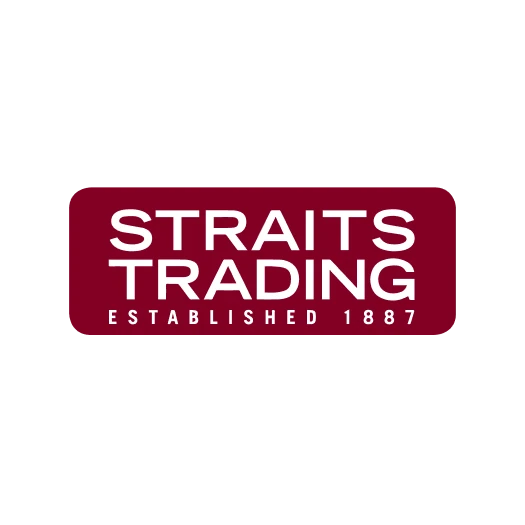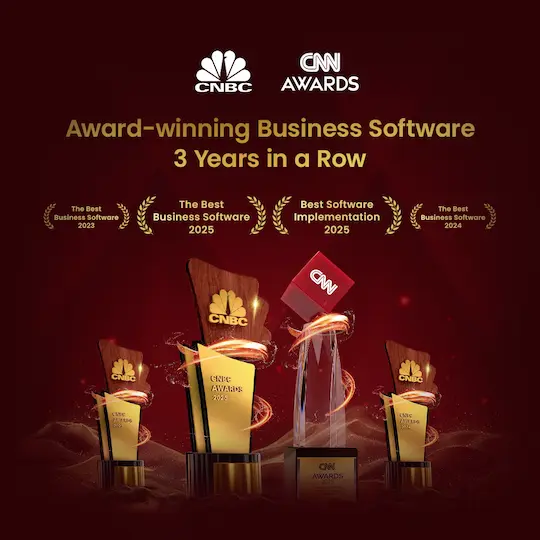Have you ever wondered why some companies manage to meet deadlines, control costs, and maintain customer satisfaction, while others constantly face delays and waste? The difference often lies in how well they manage production control.
Simply put, production control focuses on ensuring that every stage of the production process runs efficiently, resources are used wisely, and the results align with business objectives. Without production control, even the best strategies can fail when implemented on the production floor.
In this article, we will discuss why production control is essential, the main types you need to know, and how the proper process can help your business stay competitive in 2026.
Key Takeaways
|
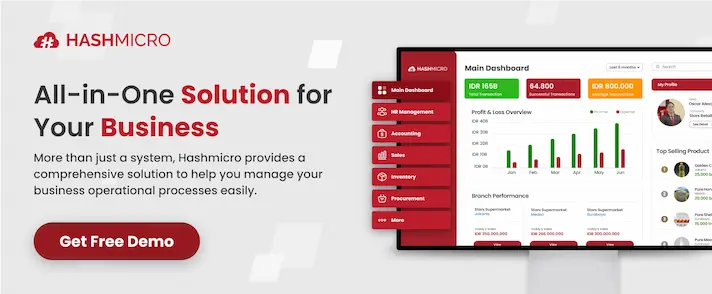
What is Production Control?
Production control is the practice of ensuring that every part of the production process works in harmony, from planning and scheduling to monitoring and delivering the final output.
It is about having the right resources in the right place at the right time, while keeping quality and efficiency in balance.
Instead of leaving production to chance, many businesses use production control to create structure, reduce waste, and give teams clear direction. In simple terms, it turns strategy into action, making sure that what the business plans is precisely what the business delivers.
Production Control Process
The production control process is a structured cycle that keeps manufacturing on track, supported by submittal documentation for production approval. It starts with careful planning and scheduling, where goals, timelines, and resource needs are clearly defined. Next comes routing and dispatching, which guide how materials and tasks move through the workflow.
Once operations are underway, monitoring and tracking become essential to measure progress, identify issues, and make timely adjustments. Finally, evaluating results helps companies learn and improve for the next cycle.
By following these steps, businesses can maintain consistency, reduce costs, and deliver products that meet both quality standards and customer expectations.
Benefit of Production Control
Strong production control is not just about keeping operations in order, it’s about creating long-term value for the entire business. When implemented effectively, it brings clear advantages such as:
- Greater efficiency by using resources, time, and labor in the most effective way
- Cost savings through reduced waste and better planning
- Consistent quality with every product meeting the same high standard
- Reliable delivery that minimizes delays and keeps customers satisfied
- Stronger adaptability to respond quickly to market changes or disruptions
Types of Production Control Systems
Not all businesses manage production the same way. The approach often depends on how customer demand is handled and the level of flexibility required by the company. The following systems are among the most common:
1. Make to Stock (MTS)
In this system, products are manufactured in advance and stored as inventory until orders arrive. It allows companies to deliver quickly and keep costs low by producing at scale, though it works best for standardized products with predictable demand.
2. Make to Order (MTO)
Here, production begins only after a customer places an order. This reduces the risk of excess inventory and allows some level of customization, but it also means customers may face longer waiting times compared to MTS.
3. Engineer to Order (ETO)
ETO takes customization a step further by designing and engineering a product based on the customer’s unique specifications before production starts. This approach is common in large, complex projects such as industrial plants, construction, or specialized equipment manufacturing.
4. Assemble to Order (ATO)
With ATO, manufacturers keep sub-assemblies or components in stock and assemble them only once an order is placed. This approach strikes a balance between efficiency and flexibility, enabling companies to respond quickly to customer needs while still offering tailored products.
Steps in Production Control
Behind every efficient production line is a precise sequence of steps that keeps everything moving in the right direction. These steps act as a roadmap, helping managers and teams turn plans into consistent results while staying aligned with business goals.
1. Planning
The first step is production planning, where production goals, resource requirements, and timelines are defined. A solid plan sets the foundation, ensuring that teams know what to produce, how much, and by when.
2. Routing
Routing decides the path that materials and tasks will follow through the production process. It determines the sequence of operations and ensures that every stage is carried out in the most efficient order.
3. Scheduling
Scheduling gives structure to the plan by assigning specific timelines for each activity. It helps coordinate people, machines, and materials so that deadlines can be met without unnecessary bottlenecks.
4. Dispatching
Dispatching is about putting the plan into action. Instructions are issued, work orders are released, and tasks are assigned so that production can move forward smoothly and on schedule.
5. Follow-up (Monitoring)
At this stage, managers track progress against the plan. Monitoring allows teams to spot issues early, measure performance, and keep operations on course.
6. Inspection
Inspection ensures that the finished product meets the required standards of quality. This step protects customer satisfaction and helps the business maintain its reputation.
7. Evaluation
Finally, evaluation looks back at the entire process to identify strengths, weaknesses, and opportunities for improvement. It closes the loop, ensuring that every cycle of production control becomes more effective than the last.
Production Control Example
Imagine a furniture company that makes both standard dining tables and custom-designed pieces. To stay efficient, the production team begins with a clear plan, deciding how many units to build, what materials to order, and how long each stage should take. This step keeps the entire workflow company from the start, including coordinating purchases and payments made through a digital wallet when needed.
As production begins, routing guides how raw wood moves from cutting to sanding, assembly, and finally finishing. Scheduling ensures that each step happens on time, while dispatching communicates tasks clearly to workers on the floor. Supervisors monitor progress closely to prevent bottlenecks, making adjustments when needed.
Before delivery, quality checks confirm that every table, whether standard or custom, meets the company’s standards. Once the cycle is complete, managers review performance to see what worked well and where improvements can be made.
This simple process shows how production control turns everyday operations into a smooth system that saves time, reduces waste, and keeps customers satisfied.
How HashMicro Can Help You Optimize Production Control
Managing production control manually can be challenging, especially when operations grow more complex and customer demands become harder to predict. To overcome this, businesses need a system that can connect planning, scheduling, inventory, and monitoring in one place.
HashMicro provides an integrated ERP solution that helps companies simplify processes, reduce errors, and gain complete visibility across the production cycle. Here are some key features that make production control more effective with HashMicro:
- Manufacturing Plan Overview: Provides a complete view of the production cycle, helping managers spot issues and keep processes on track.
- Production Plan: Defines what to produce, how much, and when, ensuring resources are aligned with targets.
- Production Order: Converts plans into clear instructions for the production floor with specifications and deadlines.
- Production Work Order: Breaks tasks into step-by-step activities, keeping workflows company and efficient.
- Production Record: Tracks every detail of the process, from resource use to output and quality, supporting evaluation and improvements.
Conclusion
Production control is more than just a technical process, it is a strategic tool that helps businesses stay efficient, reduce costs, and deliver consistent quality. In 2026, with increasing competition and shifting customer demands, companies that master production control will gain a clear advantage in both performance and profitability.
To achieve this, relying on manual methods is no longer enough. Businesses need a system that connects planning, scheduling, monitoring, and reporting in one integrated platform. This is where HashMicro’s solution makes a difference, helping the company turn production control into a driver of growth.
If you are ready to see how technology can transform your operations, request a free demo from HashMicro today and discover how smarter production control can empower your business to scale with confidence.
Warning: Undefined array key "med" in /home/hashmicr/public_html/blog/wp-content/plugins/insert-headers-and-footers/includes/class-wpcode-snippet-execute.php(419) : eval()'d code on line 281

FAQ Production Control
-
What is a useful production control tool?
Key tools like production planning software, MRP systems and inventory management platforms can help you to secure significant cost savings and improve your overall operational efficiency and productivity.
-
What is a production process?
A production process is a method businesses use to convert economic inputs like labor, equipment, or land into goods and services for consumers. This process focuses on manufacturing products efficiently and delivering them to customers quickly while maintaining product quality.
-
Why do we need production control?
Production planning and control is crucial for ensuring smooth, efficient, and cost-effective manufacturing operations. It helps minimize waste, reduce downtime, optimize resource utilization, and meet customer demand on time. It improves product quality and supports better decision-making across departments.


